101 Unique and Interesting Fun Facts by Country
Updated: Sep 8, 2024
Did you know that not all world countries are recognized equally by other countries. There are "about" 200 countries in the world, give and take, depending on what definition of a country do you follow. There are debates about what defines a statehood and not everyone agrees.
According to the United Nations, there are 195 recognized countries. However, if you count partially recognized states, the number increases to 197. Additionally, if you include breakaway states with no formal U.N. recognition, the total reaches 209, while the International Olympic Committee recognizes 206 member nations.
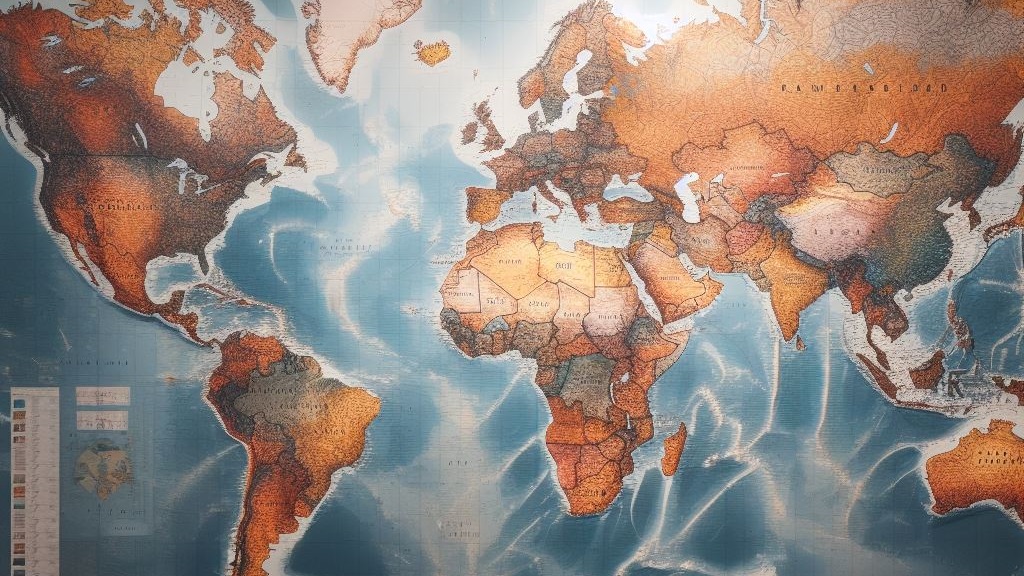
Each world country is unique in its own way. From the sun-kissed beaches of the Caribbean to the frosty tundras of Siberia, every part of the world has something unique to offer. No matter how far-flung, each country of our planet reveals the rich tapestry of cultures, traditions, and natural phenomena that make up our shared experiences and each country’s unique characteristic is a treasure waiting to be unearthed.
In this exploration of fun facts about world countries, we delve into the peculiarities that define and distinguish each place. We’ll uncover the unexpected, the astonishing, and the simply delightful tidbits that contribute to the world’s diversity. Whether it’s a cultural practice, a natural wonder, or a historical anomaly, these facts serve as a reminder of the endless variety and the intrinsic beauty that our world holds. Prepare to be amazed and to gain a newfound appreciation for the world as we know it, one fact at a time.
Asia
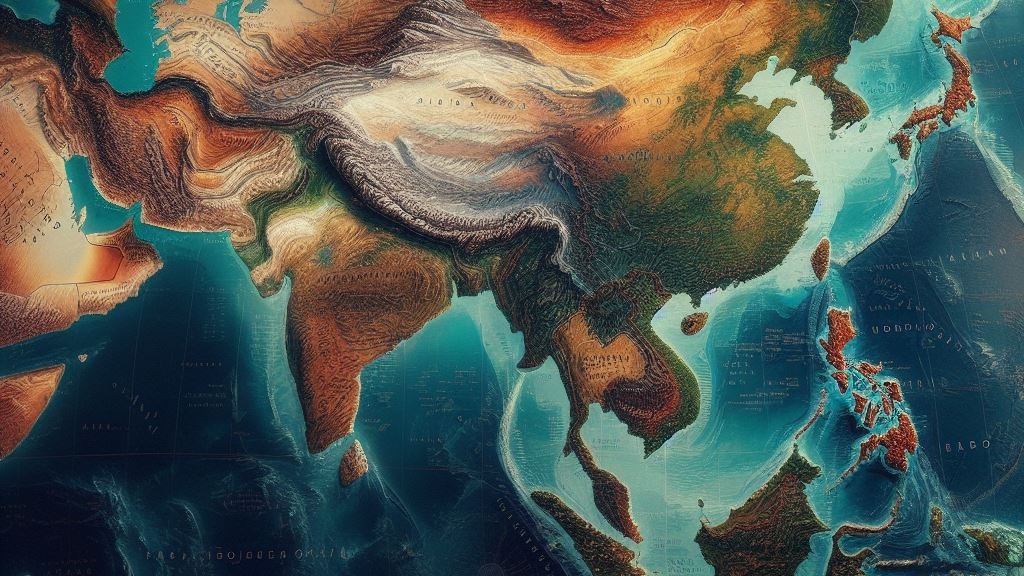
Asia is home to most number of people in the world compared to any other continent.
Bangladesh
Bangladesh is the most densily populated large country in the world. It packs about 3,000 people per square mile. Compare this to Russia (comparable population) which has about 21 people per square mile, or Greece (comparable size) which has about 200 people per square mile.
Bangladesh is the only country in the world with country name ending in letter H.
Cambodia
Cambodia never had a McDonald's store in the country due to the strong local food culture. There is no Burger King in Cambodia either.
China
In 2023 China was dethroned by India as world's most populous country and is now the world's 2nd most populated country.
Did you know that the Ping pong is the most popular sport in China.
Did you also know that China follows one single Time Zone even though it is one of the largest countries in the world by area.
India
India is now the world's most populated country and by some measures, it is also the home to most polluted cities in the world.
India is the country which produces the most mangoes in the world with over 20 million tonnes of mangoes produced every year.
India is the 2nd largest english speaking country in the world (and by some estimates it could also very well be the largest). This includes population with english as their second or third language.
India is the largest democracy in the world.
Its also the birthplace of Chess.
Did you also know that the 10 base numeral system for writing numbers was invented by Indian mathematicians sometime between 1st and 4th century AD.
Indonesia
Indonesia is home to the largest lizard on Earth, the Komodo dragon, which can be found in the Komodo National Park.
Indonesia is comprised of over 17,000 islands, about 6,000 are inhabited, making it one of the largest archipelagos in the world. Its the largest archipelagic state in the world.
Indonesia has the largest Muslim population in the world with about 230M. Next are Pakistan and India with about 200M each and then Bangladesh with about 130M.
Japan
Japan has more than 6,800 islands.
Japan is known for its bullet trains, which can travel up to speeds of 320 km/h.
Japan has the longest life expectancy in the world with the average life expectancy for males being 80.9 years and 86.6 years for females.
Iran
McDonald's is not allowed to operate in Iran due to its government's disapproval of Western culture.
Malaysia
The pomelo, the largest citrus fruit on the planet, is endemic to Malaysia.
The Petronas Towers in Kuala Lumpur were once the tallest buildings in the world and remain the tallest twin towers.
North Korea
McDonald's is not allowed to operate in North Korea due to its government's disapproval of Western culture.
Philippines
Puerto-Princesa Subterranean River in Palawan, Philippines is one of the longest underground rivers in the world.
Philippines is made up of over 7,600 islands, making it one of the largest archipelagos in the world.
Thailand
Thailand is the only country in Southeast Asia that has never been colonized by Europeans.
Thailand is the world’s largest exporter of rice and is famous for its white-sand beaches and rich cultural heritage.
Thailand is the world’s number one orchid exporter.
Vietnam
Vietnam is the world’s largest exporter of cashew nuts and black pepper. It exports over a third of the world’s cashew nuts.
Africa

Angola
There are more people who speak Portuguese in Angola than there are in Portugal itself.
Egypt
Egypt is the most popular tourist destination in Africa, attracting around 10 million visitors per year.
Nigeria
This multiethnic country is home to over 520 spoken languages among its residents.
Nigeria is home to around 370 different tribes which are officially recognised worldwide.
South Africa
South Africa is rich in natural resources, including gold, diamonds, oil, and gas.
Sudan
In Arabic, the name of the country means ‘the land of the blacks’.
While Egypt is most well known for its pyramids, the Republic of Sudan actually has 223 of its own pyramids, double the number of pyramids in Egypt.
Tanzania
Mount Kilimanjaro in Tanzania is the highest peak in Africa, standing at 5,895 meters.
Uganda
The endangered mountain gorilla finds refuge here, particularly in the Ruwenzori Mountains.
Europe
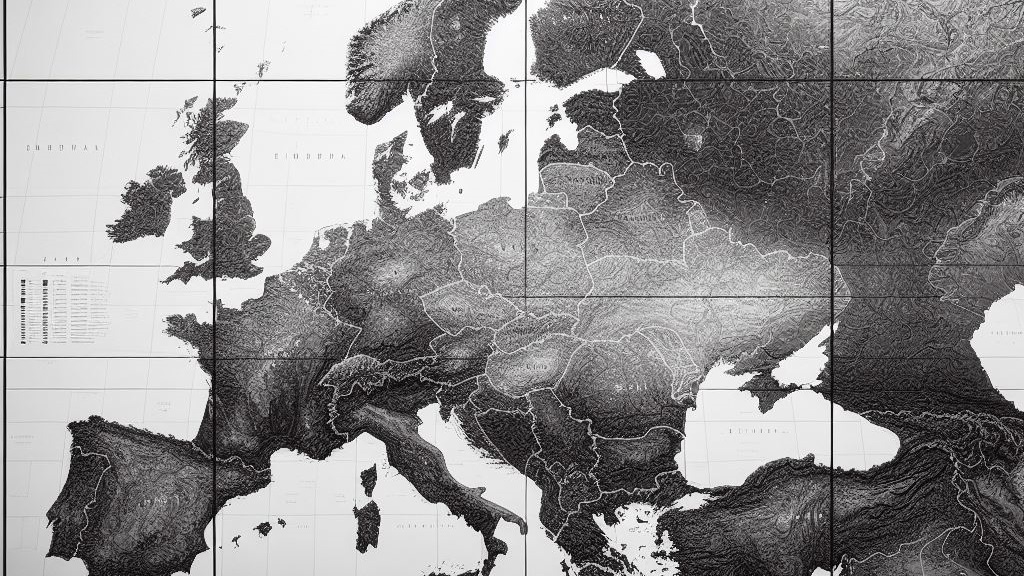
Britain
Industrial Revolution started in Britain. Also it stands out as the world’s only country without a written constitution.
Czech Republic
The Czech Republic is the most beer-drinking country per capita.
Finland
Finland contains 178,947 islands, 3rd most for any single country in the world.
France
France is the most visited country in Europe. Notre-Dame Cathedral in Paris is the most visited attraction in Europe, with almost 14 million yearly visitors.
Iceland
Iceland is the only country that is mosquito-free. The most probable theory about why Iceland has no mosquitoes is that the weather conditions are not favorable for mosquitoes. Even though the mosquitoes can handle low temperatures as those of the Arctic winter, they are not able to adjust themselves to Icelandic weather.
Norway
Norway contains 239,057 islands, 2nd most for any single country in the world. If you include its islets, this number goes up to 320,249.
Portugal
There are more Portuguese speaking people outside of Portugal than in Portugal itself. Brazil and Angola are other mainly Portuguese speaking countries.
Russia
Did you know that the Russia has 11 Time Zones. So the time difference between the east and west borders of the country is about 10 hours.
Sweden
Sweden contains 267,570 islands, most for any single country in the world.
Vatican City
The smallest country in Europe is Vatican City, which is also the smallest country in the world.
North America
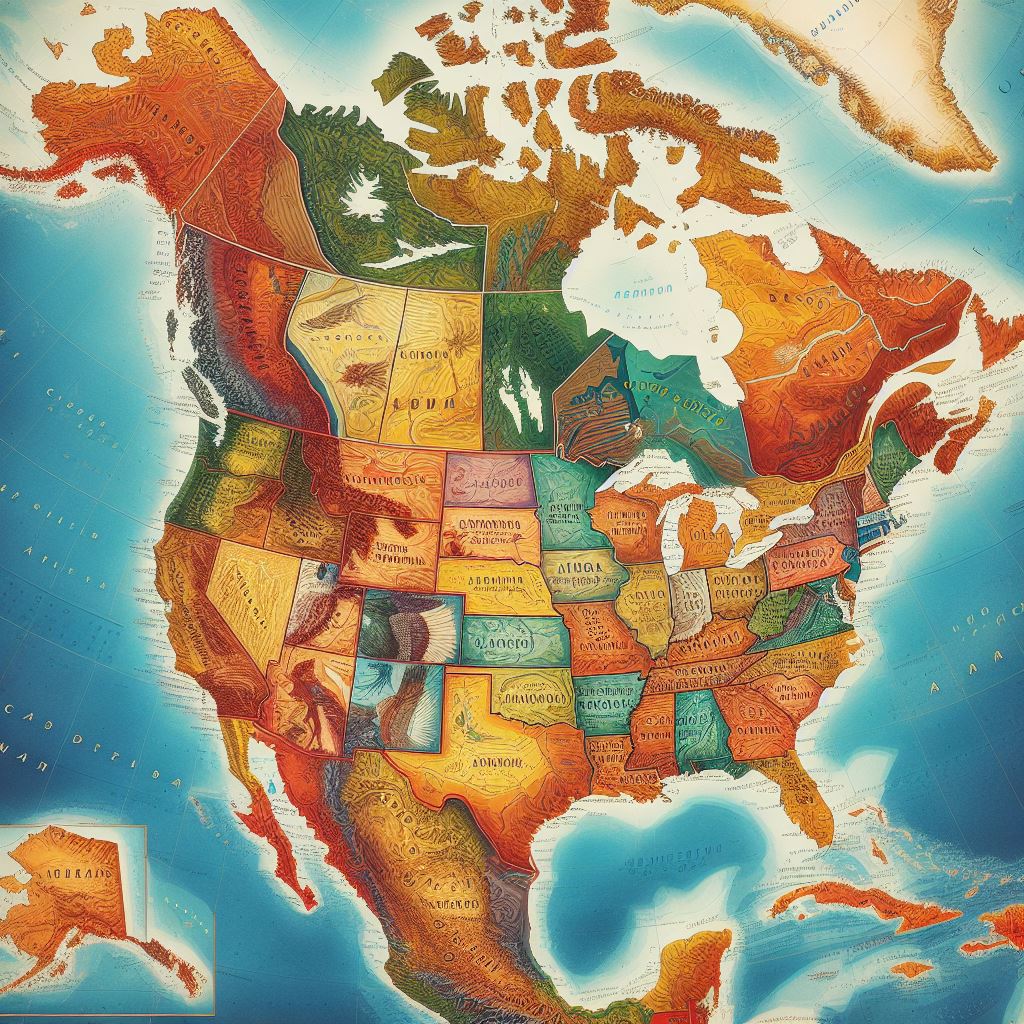
Canada
Canada boasts the world’s most lakes, totaling 879,800. Many remain undiscovered and unresearched, constantly changing due to melting glaciers.
Canada’s coastline stretches over 150,000 miles.
Canada is the second-largest country in the world by area.
The Vikings visited Canada around 1021, several hundred years before Christopher Columbus. They are believed to have settled on the northern side of Newfoundland at L'Anse aux Meadows.
Canada has two national sports: hockey in winter and lacrosse in summer. Parliament officially declared this in 1994.
The Trans-Canada Highway is the fourth-longest highway globally, spanning 4,860 miles and passing through all 10 Canadian provinces.
The maple leaf has been a symbol of Canada since 1806. In 2011, the Canadian government even made it the official tartan.
Mexico
Built over the ruins of Tenochtitlán, Mexico City is sinking at a rate of 6 to 8 inches per year due to its location on a lake.
Mexico boasts the largest pyramid in the world, known as the Great Pyramid of Cholula. It’s even larger in volume than the Great Pyramid of Giza!
The meteor impact that wiped out the dinosaurs millions of years ago struck what is now the Yucatán Peninsula in Mexico.
A Mexican engineer named Guillermo González Camarena invented the first color television system.
The National Autonomous University of Mexico (UNAM) is the largest university globally in terms of enrollment.
Millions of monarch butterflies migrate to and from Mexico each year, covering thousands of miles.
USA
The Global Positioning System (GPS), which provides positioning, navigation, and timing services, is operated and maintained by the U.S. Air Force.
The U.S. flag has evolved over time, going thru several revisions, now featuring 50 stars representing each state in the union. The current U.S. flag design was created by a high school student named Robert G. Heft.
United States and Canada share the longest unprotected border in the world.
Additionally, did you know that annually, the U.S. spends more on its military than the next seven highest-ranking countries in military spending combined?
And the Internet was first conceptualized in the United States. Quite impressive, isn’t it?
Central America
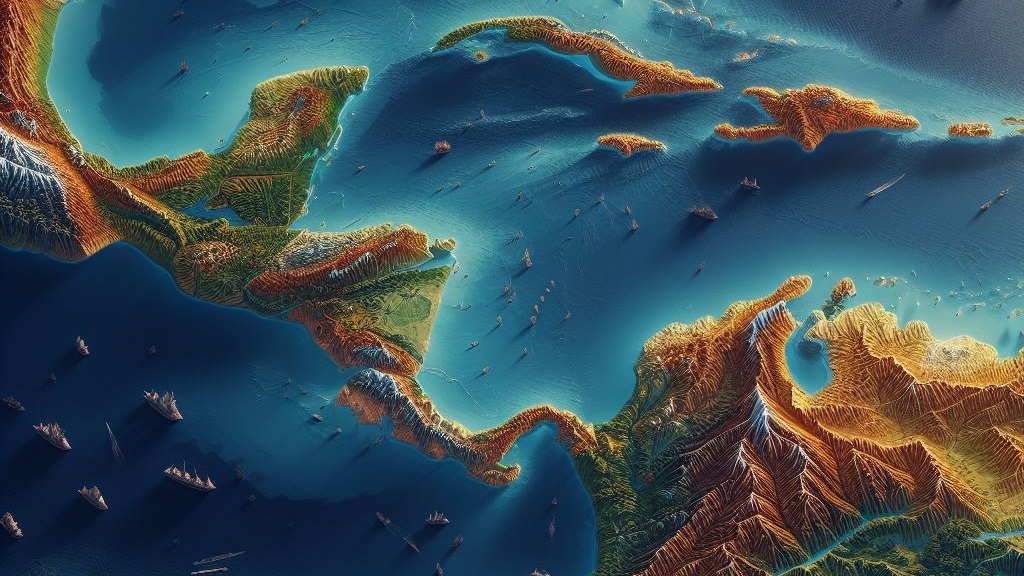
Belize
Home to about 900 Mayan sites, including Baking Pot, Cahal Pech, and Caracol.
Nicaragua
Nicaragua is the only Central American country with a female president, Violeta Barrios Torres de Chamorro, who served from 1990 to 1997.
Costa Rica
Known for stunning beaches and the Monteverde Cloud Forest Reserve.
Guatemala
Guatemala is home to the first mixed UNESCO World Heritage Site, Tikal National Park, which qualifies both in natural and cultural criteria.
El Salvador
Has a rich history and is home to the Joya de Cerén archaeological site.
Honduras
The Mayan ruins of Copán and beautiful Caribbean beaches.
Panama
Famous for the Panama Canal and lush rainforests.
Caribbean
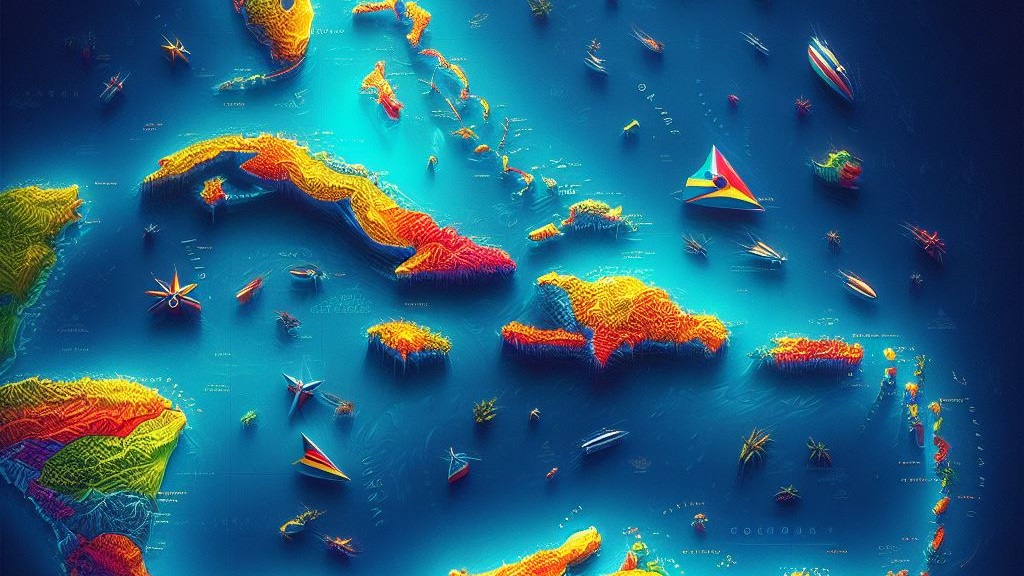
The Caribbean is an archipelago of over 7,000 islands, and made up of various countries, each with its own intriguing history and set of fun facts.
Antigua
Antigua is home to Nelson’s Dockyard, a UNESCO World Heritage Site.
The Bahamas
The seafaring Taîno people moved into the southern Bahamas from Hispaniola and Cuba 800+ years before Christopher Columbus' arrival in 1492.
Cuba
Renowned for producing the world's finest cigars, Cuba's major crop is sugar from sugar cane, complemented by homegrown tobacco used in their handcrafted cigars.
Dominica
Dominica is home to the Morne Trois Pitons National Park, a UNESCO World Heritage Site.
Dominican Republic
Known as the 'Breadbasket of the Caribbean', this nation's rich soil and tropical climate make it a prime location for producing large quantities of grain or wheat.
Guadeloupe, Martinique, and Saint Martin
These islands are overseas territories of France and are represented in the European Union.
Jamaica
Jamaica is known for the Blue and John Crow Mountains, a UNESCO World Heritage Site.
Puerto Rico
The 'Island of Enchantment' is known for its pure beaches, magnificent rainforests, and stunning mountains, alongside a wide range of biological and geological diversity.
St. Kitts
St. Kitts is home to the 17th century Brimstone Hill Fortress National Park, a UNESCO World Heritage Site.
St. Martin
The islands of Guadeloupe, Martinique, and Saint Martin are all overseas territories of France. All three islands use the Euro and are represented in the European Union.
South America
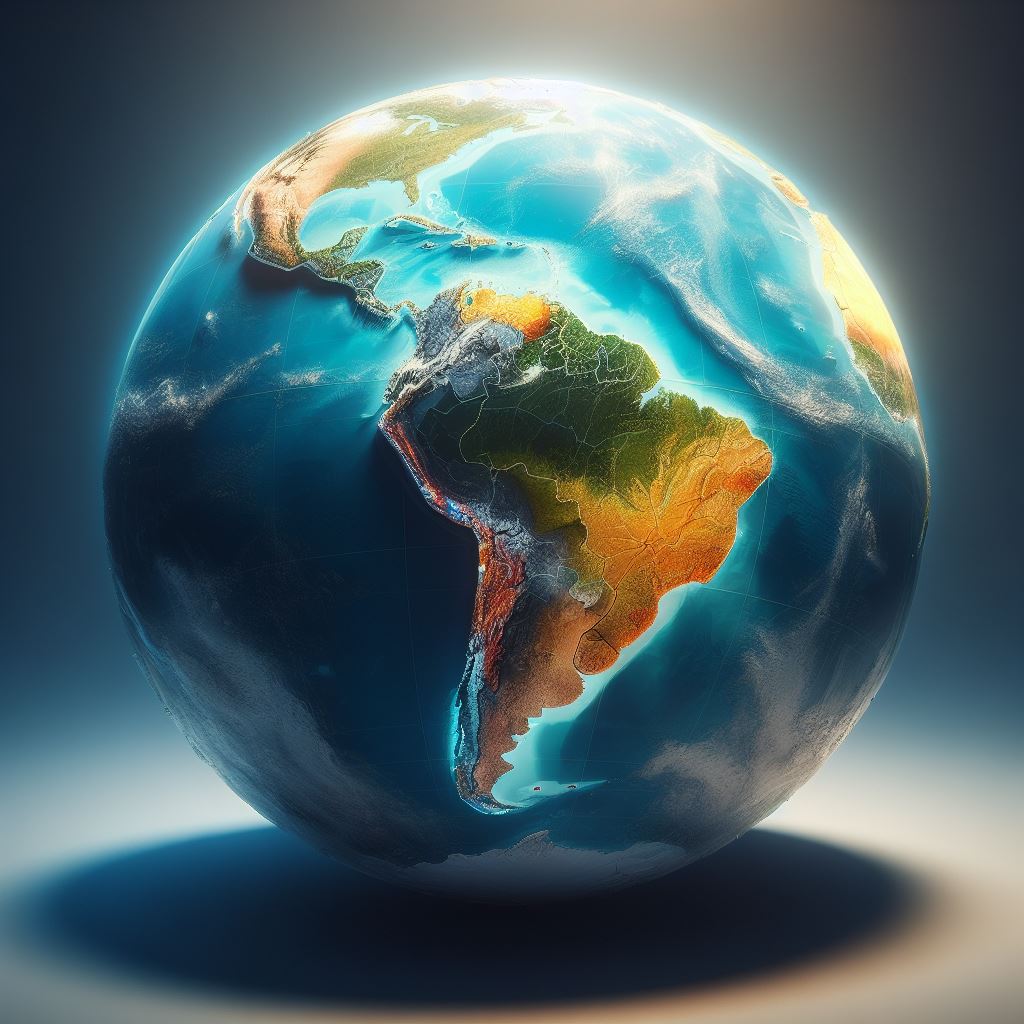
Argentina
Argentina is home to the world’s widest avenue, Avenida 9 de Julio, located in Buenos Aires. It spans 140 meters (459 feet) and features a striking obelisk. The country is famous for its passionate tango dance, which originated in the working-class neighborhoods of Buenos Aires.
Bolivia
Bolivia boasts the highest capital city in the world - La Paz, situated at an elevation of 3,650 meters (11,975 feet). Lake Titicaca, shared with Peru, is the highest navigable lake globally, nestled in the Andes Mountains.
Brazil
The Amazon Rainforest within Brazil provides a staggering 20% of the world’s oxygen.
There are way way way more people who speak Portuguese in Brazil than there are in Portugal itself.
Brazil is renowned for its vibrant Carnival celebrations, especially in Rio de Janeiro. Samba dancers, colorful costumes, and lively parades fill the streets.
Chile
Chile is home to the driest desert on Earth, the Atacama Desert. Its arid landscape is dotted with salt flats, geysers, and unique rock formations.
Easter Island, a Chilean territory, is famous for its mysterious giant stone statues called moai.
Colombia
Colombia produces some of the world’s finest emeralds. The Muzo mine in Colombia is renowned for its high-quality gemstones.
Ecuador
Ecuador straddles the equator, and the Mitad del Mundo monument marks this geographical division. Visitors can stand in both hemispheres simultaneously.
In 2008, Ecuador became the first country to officially recognize the rights of nature.
The Galápagos Islands, part of Ecuador, inspired Charles Darwin’s theory of evolution due to their unique wildlife.
Guyana
Guyana is the only South American country where English is the official language.
The Kaieteur Falls in Guyana is one of the world’s tallest single-drop waterfalls, surrounded by pristine rainforest.
Paraguay
Paraguayans have a strong tradition of drinking tereré, a refreshing cold herbal tea served in a gourd with a metal straw.
The Itaipu Dam, shared with Brazil, is one of the largest hydroelectric power plants globally.
Peru
Boasting the highest sand dune on the planet, Cerro Blanco in the Sechura Desert measures an impressive 3,860 feet from base to summit.
Peru is home to the ancient Inca citadel of Machu Picchu, a UNESCO World Heritage Site and one of the New Seven Wonders of the World.
It is also home to the Nazca Lines, mysterious geoglyphs etched into the desert floor, which remain an enigma.
Suriname
Suriname is the smallest country in South America but boasts incredible biodiversity, including jaguars, giant river otters, and diverse bird species. The capital city, Paramaribo, features well-preserved Dutch colonial architecture.
Uruguay
Uruguayans take their mate (a traditional herbal drink) seriously. Sharing mate is a social ritual, often accompanied by conversation. Punta del Este, a popular beach resort, attracts visitors with its stunning coastline and vibrant nightlife.
Venezuela
Venezuela is home to the Angel Falls, the world’s highest uninterrupted waterfall, plunging from Canaima National Park’s Auyantepui Mountain.
The country has a rich musical heritage, including the lively rhythms of joropo and salsa.
Oceania
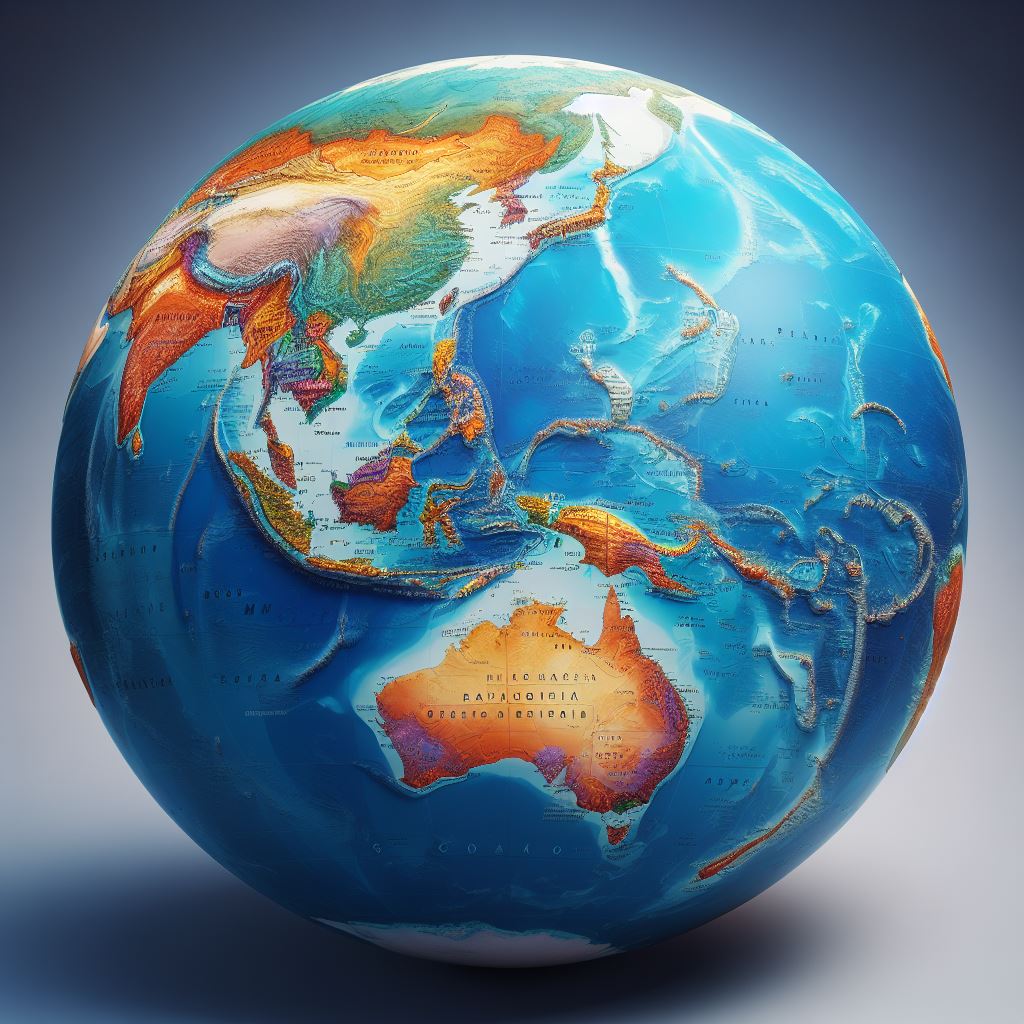
Oceania is a captivating region comprised of numerous islands scattered across the central and southern Pacific Ocean. There are 14 countries in Oceania, largest of which is Australia.
Australia
Australia is home to fascinating monotremes, mammals that lay eggs but nurse their babies with milk. All five living species of monotreme live in Australia and New Guinea.
Its currency, the Australian Dollar, is waterproof and hard to counterfeit.
The Great Barrier Reef, off Australia’s coast, is the world’s largest coral reef system.
Micronesia
The island nation comprises over 600 islands located in Oceania.
It was colonized by Spain in 1886, sold to Germany in 1899, and occupied by Japan from 1914 to 1944.
Truk Lagoon in Micronesia is home to over 60 shipwrecks of Japanese warships destroyed during World War II.
Micronesia is one of just 22 countries without an army; the USA provides aid and defense in return for maintaining military bases there.
New Zealand
New Zealand boasts stunning landscapes, including fjords, geysers, and the famous movie set used for "The Lord of the Rings" movie trilogy.
Snake-Free Zone - there are no snakes in New Zealand.
There are more Sheeps and Cows in New Zealand than people - seven times as many sheep and three times as many cows as people.
New Zealanders affectionately refer to themselves as Kiwis. The New Zealand dollar is also known as the Kiwi in international financial markets, and the dollar coin features a kiwi bird.
Wellington, New Zealand’s capital, holds the distinction of being the southernmost national capital in the world, situated at latitude 41.2° South.